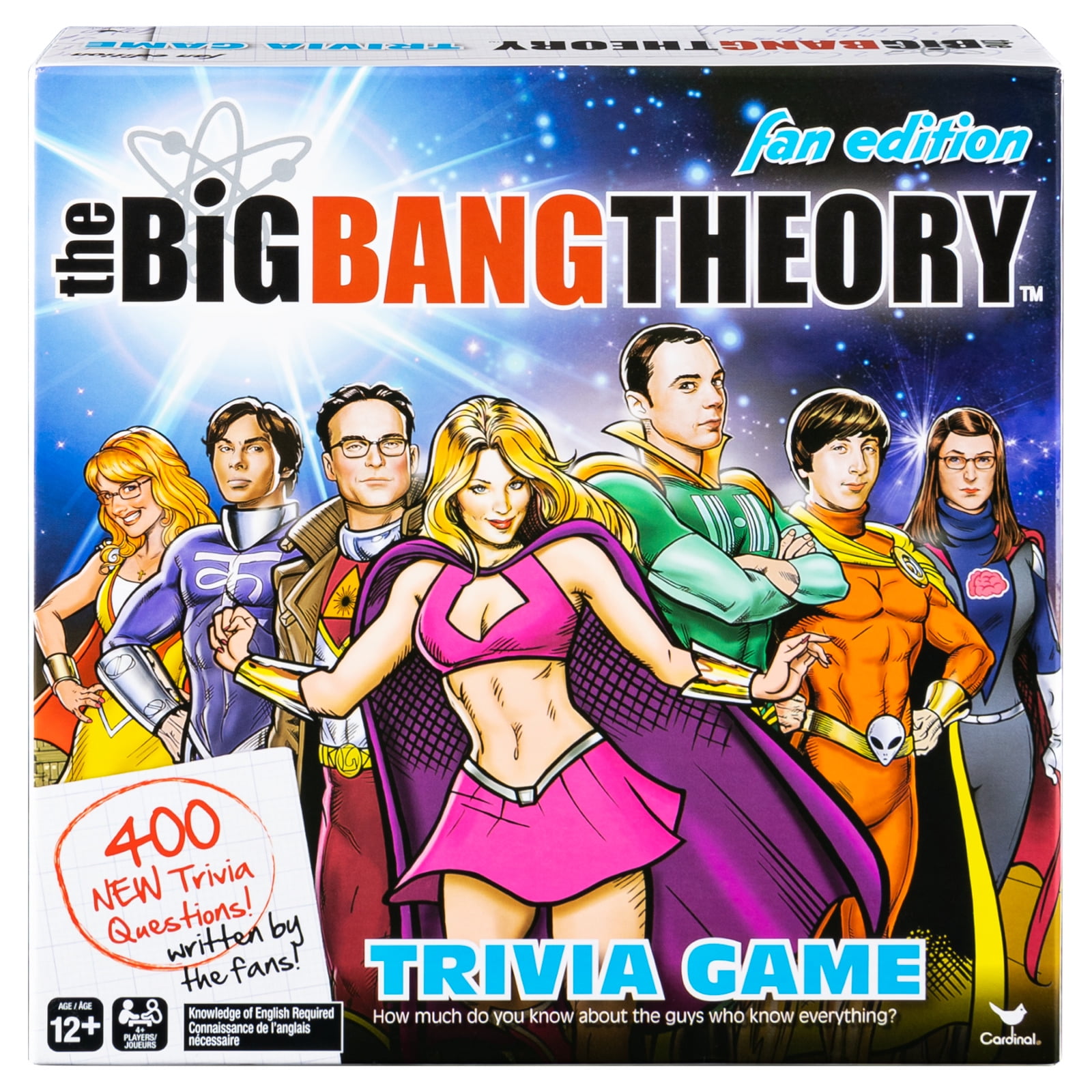

However, there are also digital multiplexes but they are unaccounted for in the territorial reach figures. Of all the existing national analog television stations, the public broadcaster Radio Televizioni Shqiptar (RTSH) has the greatest reach: its signal covers 80.5% of the territory, followed by Top Channel with 79% and TV Klan with 78%. Īlbania at the moment has 2 national commercial television stations, 71 local stations, 83 local cable stations and two commercial multiplexes. Transition to DTV broadcasting is stalling. RTSH dominated the Albanian broadcasting field up to the mid-1990s, a period when privately owned radio and TV stations started to occupy the vast empty Albanian frequencies.

In the past, they have broadcast mostly illegally dubbed cartoons some of the illegally-dubbed cartoons and other children's series still currently air, as Çufo rotates the shows it airs each month to ensure that programs both old and new continue to have opportunities to air.Television in Albania was first introduced in 1960. No commercials or promos are shown between shows, but rather after them.Ĭurrently, the majority of the programming that is not movies is legally broadcast on the channel, like its sister channel, Bang Bang. The title and the music of the channel are based on a famous 1982 Albanian cartoon, Ndodhitë e Çufos (Çufo's events). The channel airs promos featuring its mascot, four letters modeled after a pig that spell the word Çufo. A few shows on the channel are Albanian original. The audio track can be switchable to the original language of dubbing as well a similar system to SAP. It was launched on Decem by the TV platform DigitAlb.Īll of the channel's content is dubbed into Albanian, although the programs leave songs in their original language but with Albanian subtitles. The rating system is divided into 3 groups: babies from 1–5 years old, kids from 6–9 years old, and teenagers from 11–14 years old. Çufo is an Albanian TV channel for children from 1–14 years old.


 0 kommentar(er)
0 kommentar(er)
